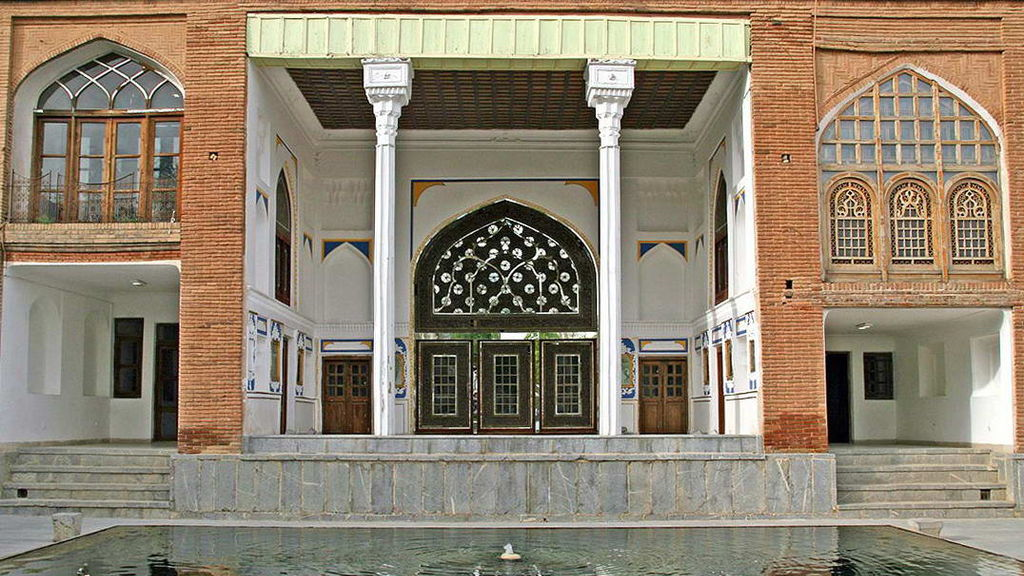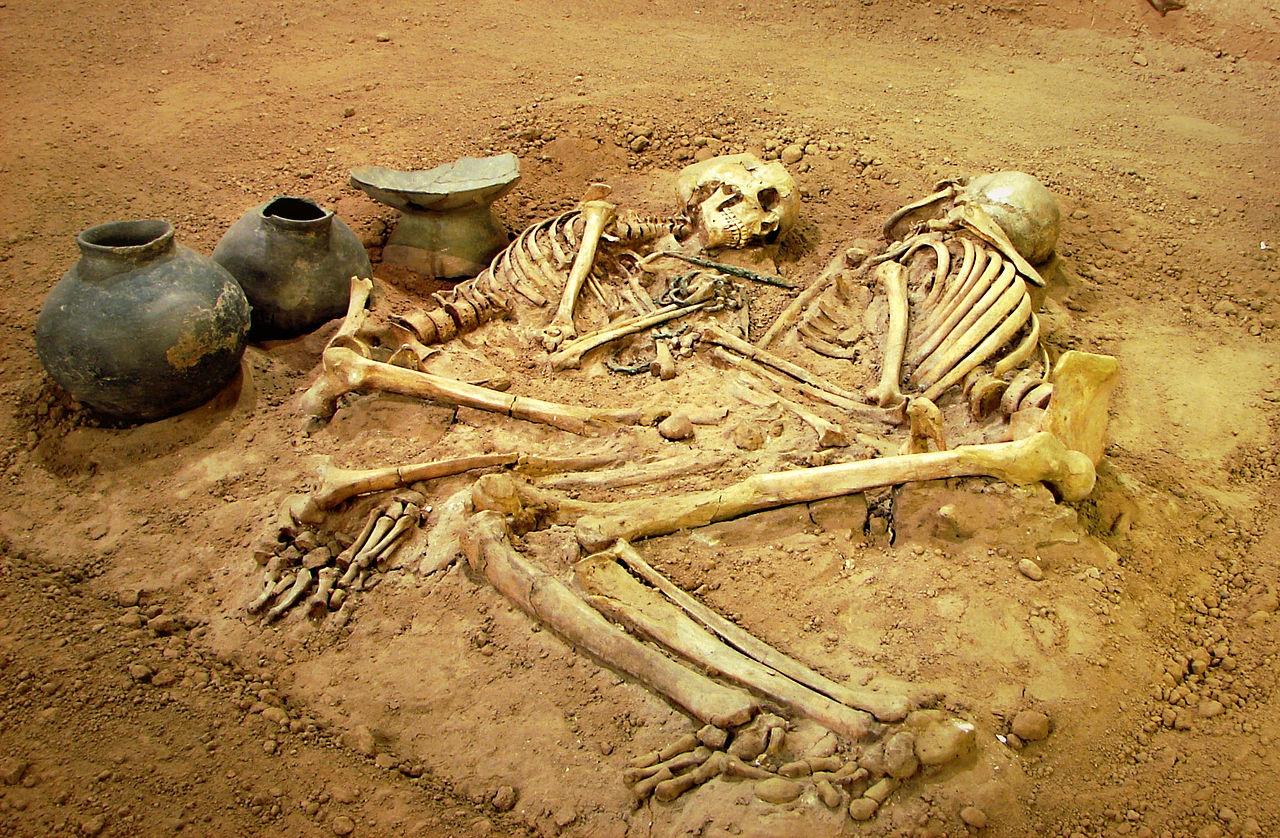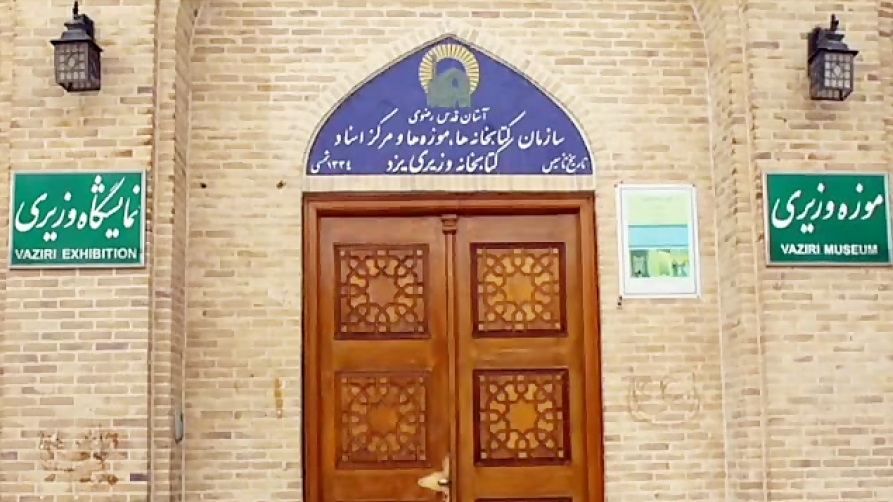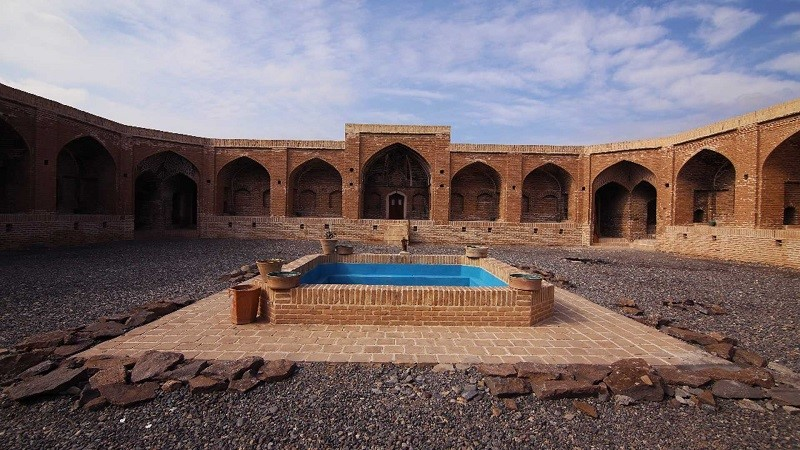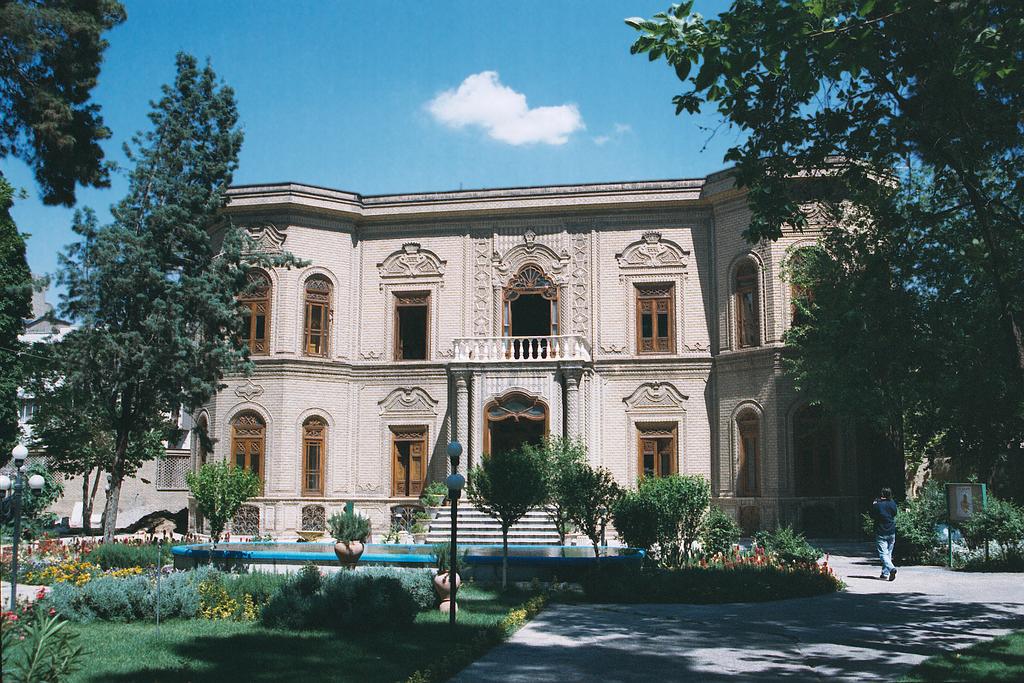
Glassware and Ceramic Museum of Iran (Abgineh Museum)
Glassware and Ceramic Museum, formerly known as Abgineh, opened in 1980. The museum is housed in the 1915 mansion of a former prime minister in Reza Shah’s government, and from 1953—60 it functioned as the Egyptian Embassy, so the building itself has architectural merit.
There are two floors of displays in the Abgineh Museum that include dramatic ‘Nishapur’ slip-painted ceramics of the early medieval period, glass works from the 12th—13th century, known as the Golden Age of glass-making in Iran, lustreware from the Gorgan and other excavations, 14th-century pottery from Takht-e Soleyman and some later Safavid and Qajar ceramics.
Most of the glass, however, some 260 pieces, is exhibited on the ground floor of the Glassware and Ceramic Museum.
Different Sections of the Abgineh Museum
The first floor of the Ceramic Museum of Iran is connected to the second by wooden steps in Russian style. Prior to the building’s transformation into the Egyptian Embassy, the entrance of the museum was dome-shaped but was later flattened.
Objects exhibited in the Abgineh Museum belong to a span of time beginning from the pre-Islamic period up to contemporary Iran. There is plenty of exquisite plasterwork performed by Iranian masters on the interior walls of the building. On the first floor, at the entrance of the museum, the hall showcases the location of archaeological sites under excavation. On the walls are maps showing ancient regions on the Iranian plateau, as well as a useful timetable of ancient civilizations.
The Glassware and Ceramic Museum objects, in general, can be divided into five categories, which are displayed in different halls.
| Name | Glassware and Ceramic Museum of Iran (Abgineh Museum) |
| Country | Iran |
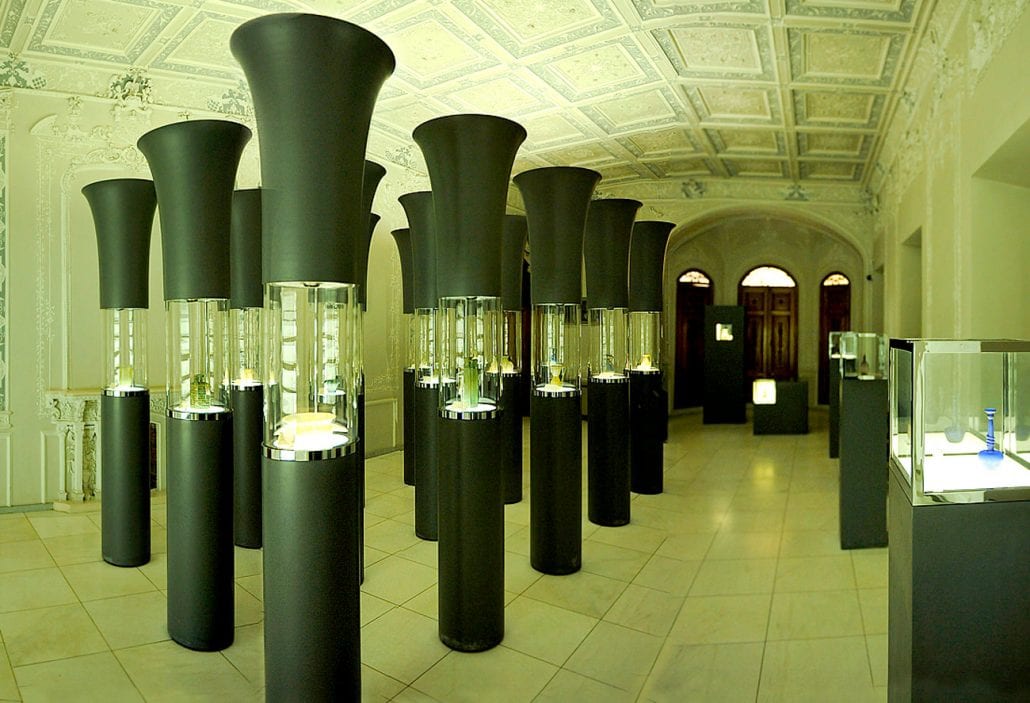
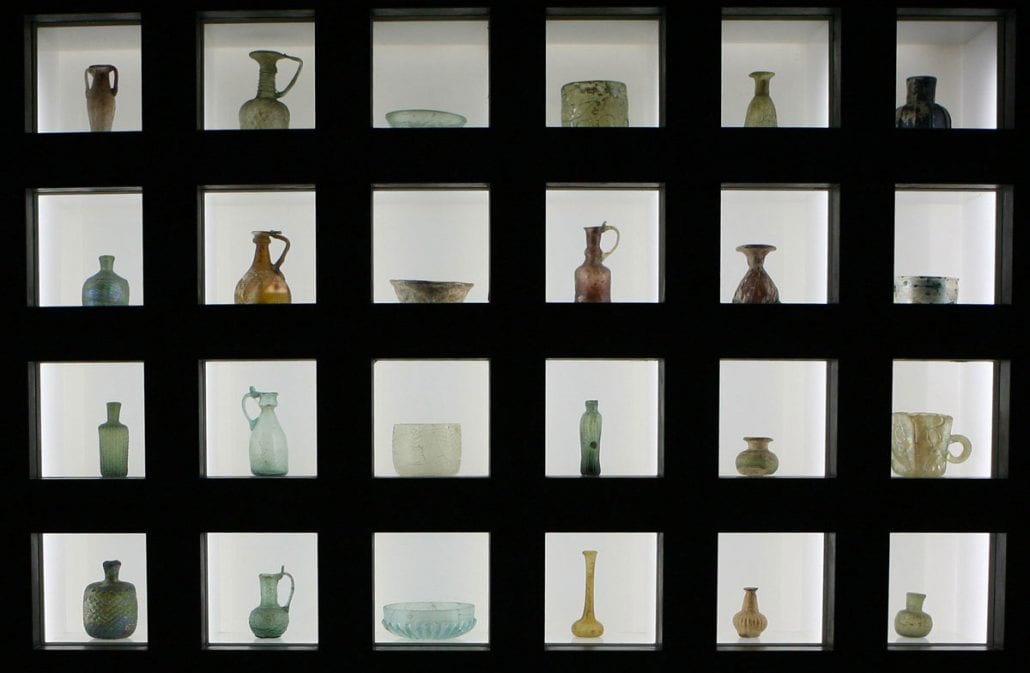
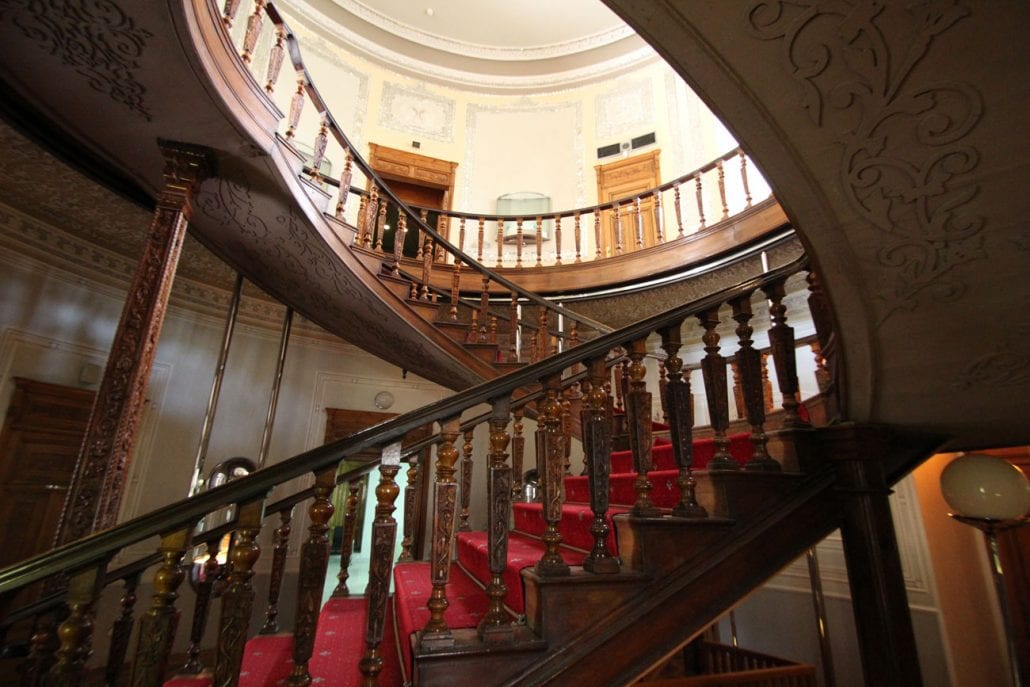
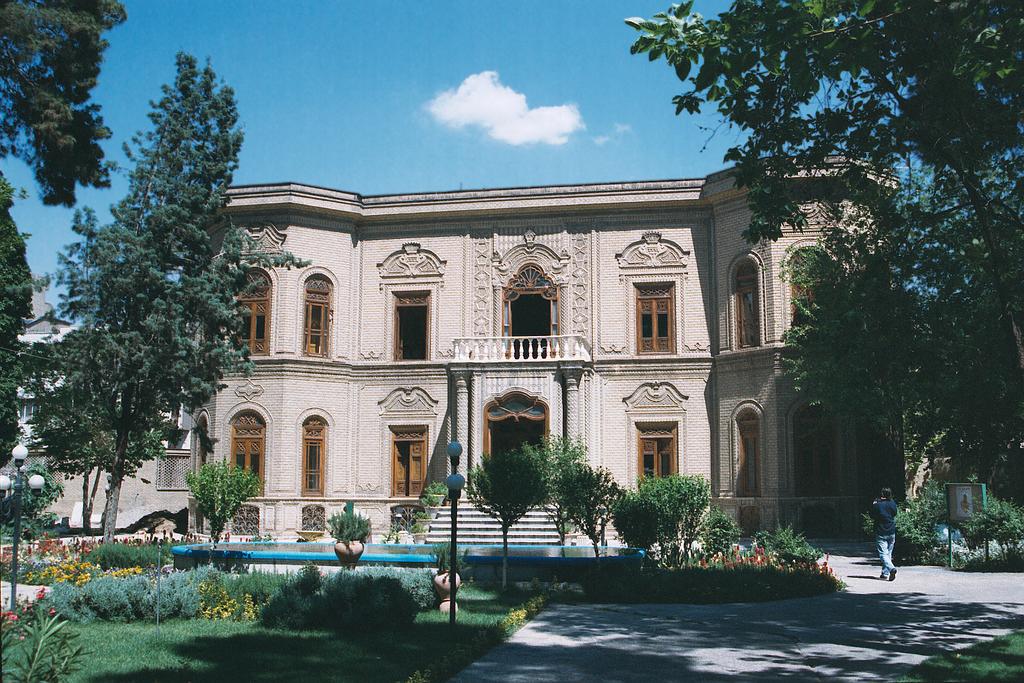




Choose blindless
Red blindless Green blindless Blue blindless Red hard to see Green hard to see Blue hard to see Monochrome Special MonochromeFont size change:
Change word spacing:
Change line height:
Change mouse type:

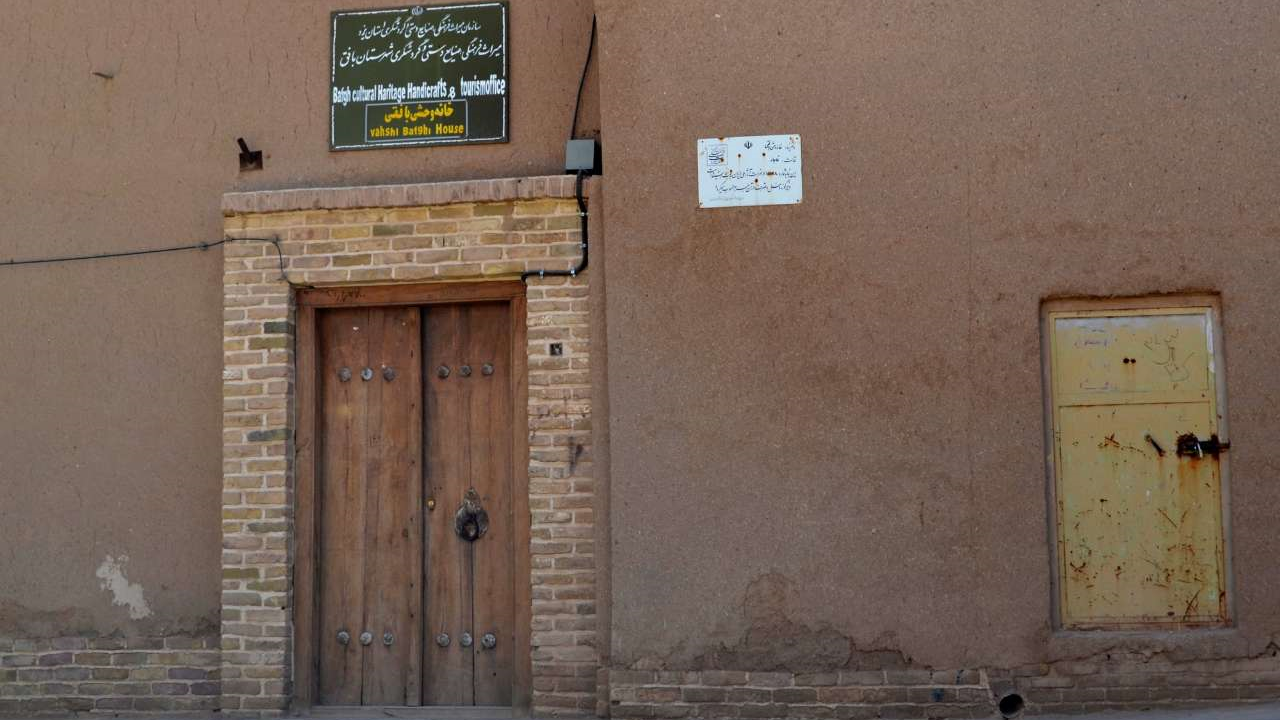
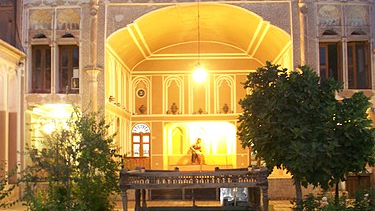
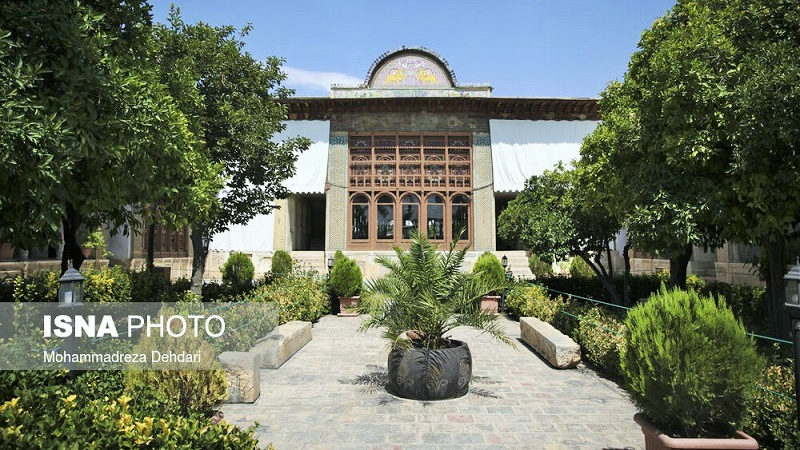

_crop_1.png)
